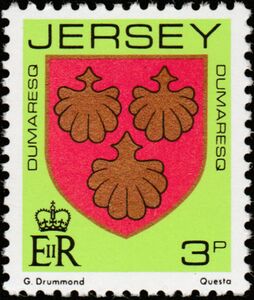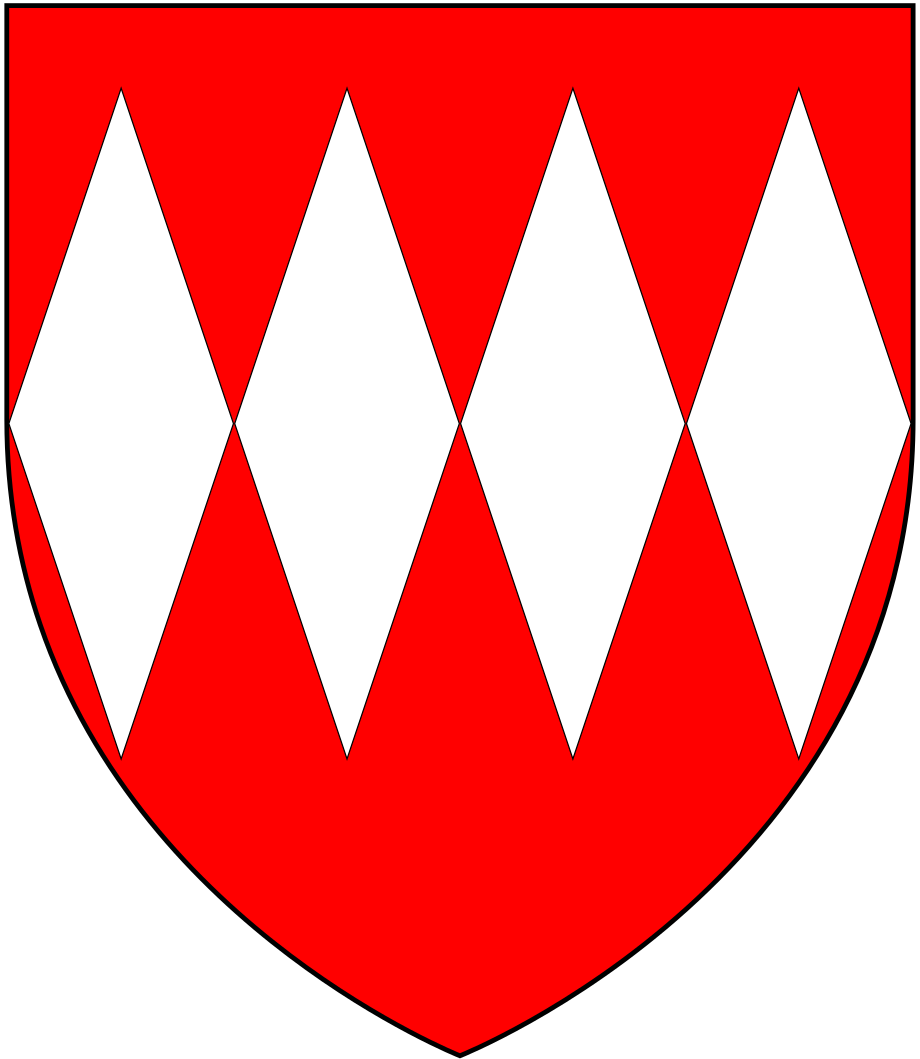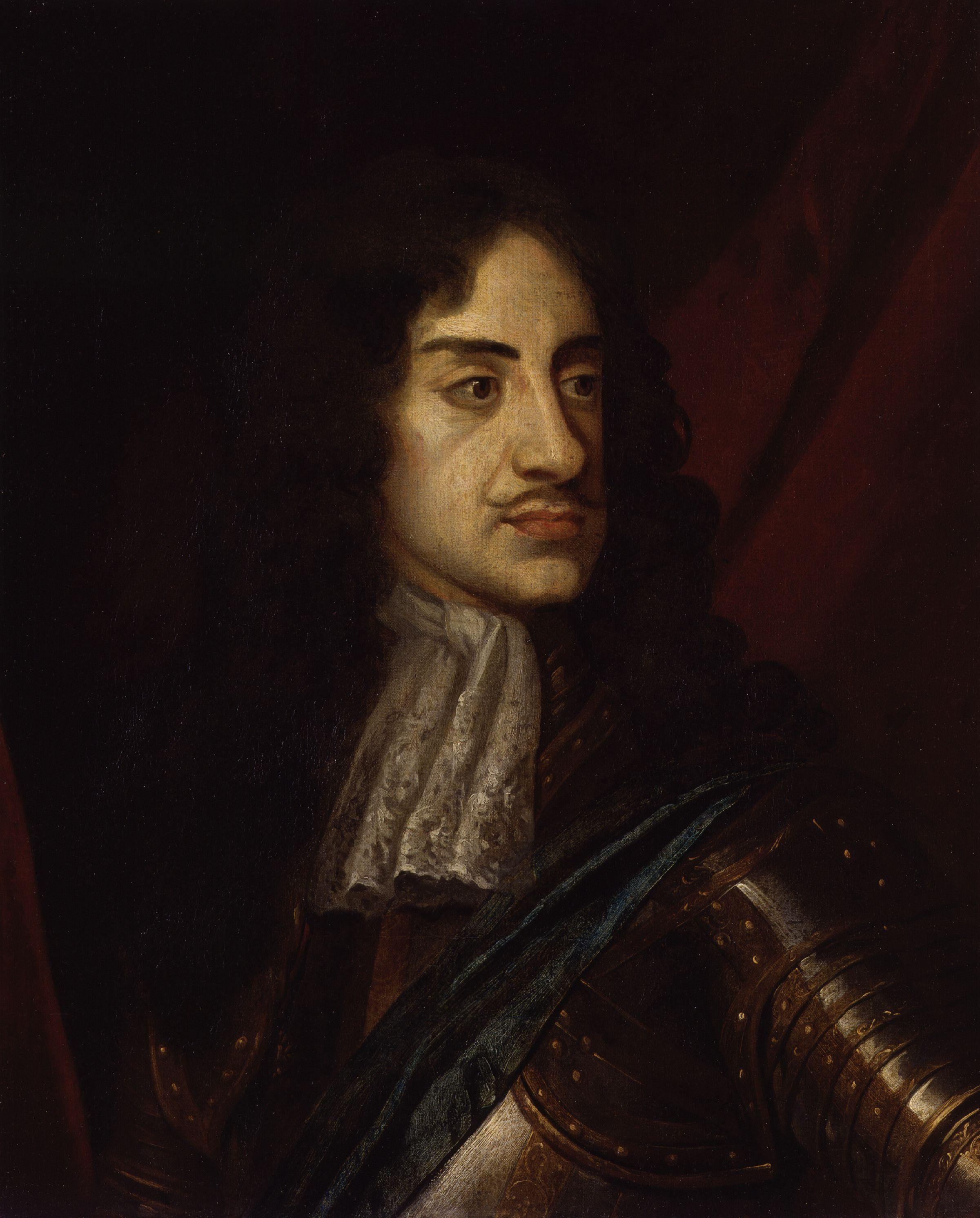|
Les Augrès Manor
Les Augrès Manor is a manor house on ''La Profonde Rue'' in the Vingtaine de Rozel in the parish of Trinity in Jersey. The present building mostly dates from the 19th century, although the site has medieval origins. It is a listed building. The old manor is in the fief of Augrès, but stands on the fief of Diélament. The granite walls and arches date back to the 16th century, but the house was rebuilt in 1771. The manor house is depicted on the 2010 issue Jersey 5 pound note. Datestones in the manor The manor contains numerous datestones, the oldest identifiable ones of which state *"EDM. FSDC 1682.", located above a fireplace, placed when a son Elie was born to the couple Elie Dumaresq and Francoise de Carteret (married 1680) occupying the manor in 1682. *"EDM.EDC.1732." One of the two stones placed by the couple Elie Dumaresq fils Elie and Elizabeth de Carteret fille Jean, who married in 1703 or 1704. *"EDM. EDC.1741." The second of the two stones placed by the coupl ... [...More Info...] [...Related Items...] OR: [Wikipedia] [Google] [Baidu] |
Seigneur Of Augres
The Seigneur of Augrès is a noble title in Jersey, which still follows the Norman system. They traditionally lived in Les Augrès Manor, which was actually in the fief of Diélament and not Augrès. Larbalestier Seigneurs of Augrès The Larbalestier family held the fief during the 15th century. * Anthony Larbalestier, 1st Seigneur of Augrès * Collette Larbalestier, Lady of Augrès Dumaresq Seigneurs of Augrès The Dumaresq family inherited the fief from Collette Larbalestier's marriage to Richard Dumaresq, who was the heiress of her father, Anthony Larbalestier. * Abraham Dumaresq, 2nd Seigneur of Augrès (1571-1631) ** Second son of John Dumaresq, Seigneur of Vincheles de Bas and of Gorge (son of Collette Larbalestier's marriage to Richard Dumaresq). Married Susan de Carteret daughter of Philippe de Carteret I. * Elias Dumaresq, 3rd Seigneur of Augrès (c.1620-1677) ** Son of the 2nd Seigneur and Susan de Carteret, he married Jane Payn daughter of Rev. Thomas Payn. ** ... [...More Info...] [...Related Items...] OR: [Wikipedia] [Google] [Baidu] |
French Language
French ( or ) is a Romance language of the Indo-European family. It descended from the Vulgar Latin of the Roman Empire, as did all Romance languages. French evolved from Gallo-Romance, the Latin spoken in Gaul, and more specifically in Northern Gaul. Its closest relatives are the other langues d'oïl—languages historically spoken in northern France and in southern Belgium, which French ( Francien) largely supplanted. French was also influenced by native Celtic languages of Northern Roman Gaul like Gallia Belgica and by the ( Germanic) Frankish language of the post-Roman Frankish invaders. Today, owing to France's past overseas expansion, there are numerous French-based creole languages, most notably Haitian Creole. A French-speaking person or nation may be referred to as Francophone in both English and French. French is an official language in 29 countries across multiple continents, most of which are members of the ''Organisation internationale de la Francophonie'' ... [...More Info...] [...Related Items...] OR: [Wikipedia] [Google] [Baidu] |
Tourist Attractions In Jersey
Tourism is travel for pleasure or business; also the theory and practice of touring (other), touring, the business of attracting, accommodating, and entertaining tourists, and the business of operating tour (other), tours. The World Tourism Organization defines tourism more generally, in terms which go "beyond the common perception of tourism as being limited to holiday activity only", as people "travelling to and staying in places outside their usual environment for not more than one consecutive year for leisure and not less than 24 hours, business and other purposes". Tourism can be Domestic tourism, domestic (within the traveller's own country) or International tourism, international, and international tourism has both incoming and outgoing implications on a country's balance of payments. Tourism numbers declined as a result of a strong economic slowdown (the late-2000s recession) between the second half of 2008 and the end of 2009, and in consequence of t ... [...More Info...] [...Related Items...] OR: [Wikipedia] [Google] [Baidu] |
Jersey Zoo
Jersey Zoo (formerly Durrell Wildlife Park) is a zoological park established in 1959 on the island of Jersey in the English Channel by naturalist and writer Gerald Durrell (1925–1995). It is operated by the Durrell Wildlife Conservation Trust. It has approximately 169,000 visitors per year; visitor numbers tend to vary with the tourist trade to Jersey. Jersey Zoo has always concentrated on rare and endangered species. It has mammals, birds, amphibians and reptiles, comprising over 130 species. Since 1964, the zoo has been home to the Durrell Wildlife Conservation Trust (formerly the ''Jersey Wildlife Preservation Trust''). Overview The park is located at Les Augrès Manor, Trinity, Jersey, north of Saint Helier. It officially opened on 26 March 1959. The park is situated in of landscaped parkland and water-gardens. The Trust has a strong commitment to looking after the Island's native wildlife, and large areas within the grounds have been designated native habitat a ... [...More Info...] [...Related Items...] OR: [Wikipedia] [Google] [Baidu] |
Lee Durrell
Lee McGeorge Durrell (née McGeorge; born September 7, 1949) is an American natural history, naturalist, author, zookeeper, and television presenter. She is best known for her work at the Jersey Zoo, Jersey Zoological Park in the British Channel Islands, Channel Island of Jersey with her late husband, Gerald Durrell, and for co-authoring books with him. Biography Lee was born in Memphis, Tennessee, and showed an interest in wildlife as a child. She studied philosophy at Bryn Mawr College near Philadelphia before enrolling in 1971 for a graduate programme at Duke University, to study animal behaviour. She conducted research for her Doctor of Philosophy, PhD on the calls of mammals and birds in Madagascar. She met Gerald Durrell when he gave a lecture at Duke University in 1977, and married him in 1979. Lee Durrell moved to Jersey and became involved with the Durrell Wildlife Conservation Trust (then the ''Jersey Wildlife Preservation Trust''). She accompanied Durrell on his la ... [...More Info...] [...Related Items...] OR: [Wikipedia] [Google] [Baidu] |
Gerald Durrell
Gerald Malcolm Durrell, (7 January 1925 – 30 January 1995) was a British naturalist, writer, zookeeper, conservationist, and television presenter. He founded the Durrell Wildlife Conservation Trust and the Jersey Zoo on the Channel Island of Jersey in 1959. He wrote approximately forty books, mainly about his life as an animal collector and enthusiast, the most famous being ''My Family and Other Animals'' (1956). Those memoirs of his family's years living in Greece were adapted into two television series (''My Family and Other Animals'', 1987, and ''The Durrells'', 2016–2019) and one television film (''My Family and Other Animals'', 2005). He was the youngest brother of novelist Lawrence Durrell. Early life and education Durrell was born in Jamshedpur, British India, on 7 January 1925. He was the fifth and youngest child (an elder sister having died in infancy) of Louisa Florence Dixie and Lawrence Samuel Durrell, both of whom were born in India of English and Irish ... [...More Info...] [...Related Items...] OR: [Wikipedia] [Google] [Baidu] |
Durrell Wildlife Conservation Trust
Durrell Wildlife Conservation Trust is a conservation organization with a mission to save species from extinction. Gerald Durrell founded the Jersey Wildlife Preservation Trust as a charitable institution in 1963 with the dodo as its symbol. The trust was renamed Durrell Wildlife Conservation Trust in its founder's honor on 26 March 1999. Its patron is Princess Anne, the Princess Royal. Its headquarters are at Les Augrès Manor on the isle of Jersey in the English Channel. The grounds of Les Augrès Manor form the Durrell Wildlife Park, which was originally established by Gerald Durrell in 1959 as a sanctuary and breeding center for endangered species. The zoological park was known as the ''Jersey Zoo'' at that time. As of 2016, the zoo was home to more than one hundred species of reptiles, birds and mammals, many of which are designated as endangered in the wild. Despite strong resistance to his ideas from much of the zoological community, in 1959 Gerald Durrell succeeded in ... [...More Info...] [...Related Items...] OR: [Wikipedia] [Google] [Baidu] |
George Carteret
Vice Admiral Sir George Carteret, 1st Baronet ( – 14 January 1680 N.S.) was a royalist statesman in Jersey and England, who served in the Clarendon Ministry as Treasurer of the Navy. He was also one of the original lords proprietor of the former British colony of Carolina and New Jersey. Carteret, New Jersey, as well as Carteret County, North Carolina, both in the United States, are named after him. He acquired the manor of Haynes, Bedfordshire, (''alias'' Hawnes) in about 1667. Early life Carteret was the son of Elias de Carteret and Elizabeth Dumaresq of Jersey, who both died in 1640. Elias was the son of Philippe de Carteret I, 2nd Seigneur of Sark. With the help of his Uncle Philippe de Carteret II, 3rd Seigneur of Sark George was able to gain a position in the Royal Navy (George dropped the "de" from his surname when he entered the English navy, concerned that it sounded too French). George was "bred for the sea" and served as an officer in various naval ships, bei ... [...More Info...] [...Related Items...] OR: [Wikipedia] [Google] [Baidu] |
Philippe De Carteret II
Philippe de Carteret II, 3rd Seigneur of Sark (18 February 1584 – 22 August 1643) was the son of Philippe de Carteret I (1552–1594) and Rachel Paulett (1564–1650), daughter of George Paulett (1534–1621) who was Bailiff of Jersey from 1583 to 1611, and his wife Elizabeth Perrin (1538–1615). Biography He matriculated at the University of Oxford at an early age in 1594, the same year he succeeded his father as Seigneur of Sark. He was knighted in 1617, and became Bailiff of Jersey in 1627. He died in 1643, being succeeded in the Seigneurie by his son, Philippe 4th Seigneur of Sark. English Civil War Carteret was a stanch Royalist during the English Civil War, especially during the Interregnum. As Lieutenant Governor of the island of Jersey he would ensure the loyalty of the population to Charles II and crack down on parliamentary sentiment from the fortress of Mont Orgueil. When Charles II came to Jersey Philip Carteret along with his cousin George Carteret ... [...More Info...] [...Related Items...] OR: [Wikipedia] [Google] [Baidu] |
Elias Dumaresq, 3rd Seigneur Of Augrès
Elias Dumaresq, Seigneur of Augres, 3rd Seigneur of Augrès (c. 1620-1677) was born to Abraham Dumaresq, 2nd Seigneur of Augrès and Susan de Carteret daughter of Philippe de Carteret I, Philippe de Carteret I, 2nd Seigneur of Sark and his wife Racheal Paulet. He was a Cavalier, Royalist and a Jurat, Jurat of the Royal Court. Civil War Elias was a staunch Royalist during the English Civil War along with his cousins George Carteret and Philippe de Carteret II, Phillip de Carteret, and remained loyal to the crown during the Interregnum (1649–1660), Interregnum. For his loyalty the proclaimed Charles II of England, King Charles II visited him at Les Augrès Manor in 1649 and gave Elias a Grant to the fief of Seigneur of Augres, Augrès, and was then held by Knight-service, Knight's Service. Family Elias married Jane Payn the daughter of Rev. Thomas Payn, Rector of Saint Lawrence, Jersey, St. Laurence. They had the following Issue: * Elias Dumaresq Seigneur of Augres, 4th Sei ... [...More Info...] [...Related Items...] OR: [Wikipedia] [Google] [Baidu] |
Cavalier
The term Cavalier () was first used by Roundheads as a term of abuse for the wealthier royalist supporters of King Charles I and his son Charles II of England during the English Civil War, the Interregnum, and the Restoration (1642 – ). It was later adopted by the Royalists themselves. Although it referred originally to political and social attitudes and behaviour, of which clothing was a very small part, it has subsequently become strongly identified with the fashionable clothing of the court at the time. Prince Rupert, commander of much of Charles I's cavalry, is often considered to be an archetypal Cavalier. Etymology Cavalier derives from the same Latin root as the Italian word and the French word (as well as the Spanish word ), the Vulgar Latin word '' caballarius'', meaning 'horseman'. Shakespeare used the word ''cavaleros'' to describe an overbearing swashbuckler or swaggering gallant in Henry IV, Part 2 (c. 1596–1599), in which Robert Shallow says "I'll drink ... [...More Info...] [...Related Items...] OR: [Wikipedia] [Google] [Baidu] |
.jpg)






